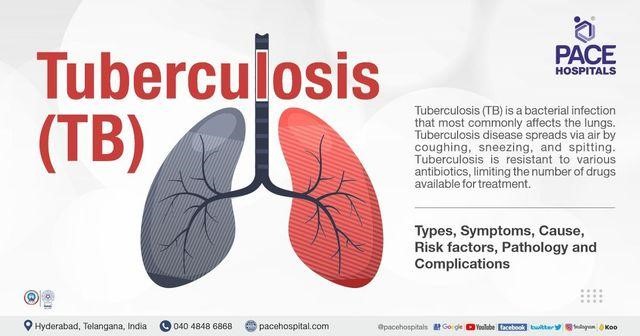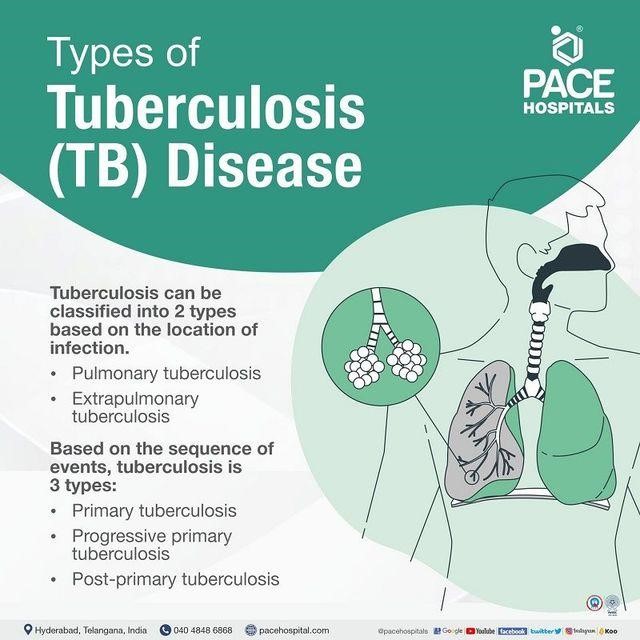Description
Daily Editorial Analysis
Editorial Analysis based on “The challenge of extra-pulmonary TB ” which was published in The Hindu.
Introduction:
- Just as we have an undercount of the people infected with TB, the public health challenge of extra-pulmonary TB (EPTB) may be larger than our current estimates.
- As per The World Health Organization (WHO) reports over 10 million new cases of TB is reported every year and India alone accounts for 27% of the global TB burden.
- Despite being a preventable and curable disease, 5 million people die from TB each year – making it the world’s top infectious killer.
- Most of the people who fall ill with TB live in low- and middle-income countries, but TB is present all over the world. About half of all people with TB can be found in 8 countries: Bangladesh, China, India, Indonesia, Nigeria, Pakistan, Philippines and South Africa.
- While the most common form of tuberculosis (TB), which is pulmonary TB, infects the lungs, some 20% of TB infections develop in the lymph nodes, brain, gut, eyes, or other organs.
- Some of these organs have immune privileges in the body. This means that extra-pulmonary infections can persist even after the TB infection in the lungs is resolved.
Tuberculosis:
- TB is a bacterial infection that mainly affects the lungs and can also affect any part of the body.
- Tuberculosis is caused by a bacterium called Mycobacterium tuberculosis.
- The bacteria usually attack the lungs, but TB bacteria can attack any part of the body such as the kidney, spine, and brain.
- Only 10% of infected individuals develop active tuberculosis disease, while the rest successfully contain the infection in a latent state.
- Tuberculosis (TB) - Symptoms, Types, Causes, Risk factors & Prevention.


Types of tuberculosis disease
Tuberculosis can be classified into different clinic-pathological types depending on various factors based on:
- The sequence of events following the first exposure
- Location
Three types of tuberculosis arise when the disease is classified according to the sequence of events following the first exposure, such as:
- Primary tuberculosis - Occurs in persons exposed to Mycobacterium tuberculosis for the first time.
- Progressive primary tuberculosis - Arises when there is impaired immunity. It is most commonly seen in infants, adolescents and the elderly.
- Post-primary tuberculosis - Generally seen in adults due to endogenous reactivation or exogenous reinfection in a previously sensitised (infected and treated) patient who has retained some degree of acquired immunity.
Based on the location of the infection, two types of tuberculosis are seen, such as:
- Pulmonary tuberculosis - tuberculosis is seen in the lungs
- Extrapulmonary tuberculosis - Occurs in organ systems other than the lungs. The most common sites are lymph nodes, pleura, bone and joints, urogenital tract, and meninges.
Types of drug-resistant TB
- Mono-resistance: resistance to one first-line anti-TB drug only
- Poly-resistance: resistance to more than one first-line anti-TB drug, other than both isoniazid and rifampicin
- Multidrug resistance (MDR): resistance to at least both isoniazid and rifampicin
- Extensive drug resistance (XDR): resistance to any fluoroquinolone, and at least one of three second-line injectable drugs (capreomycin, kanamycin and amikacin), in addition to multidrug resistance
- Rifampicin resistance (RR): resistance to rifampicin detected using phenotypic or genotypic methods, with or without resistance to other anti-TB drugs. It includes any resistance to rifampicin, in the form of mono-resistance, poly-resistance, MDR or XDR.
Read about INDIA TB REPORT 2024
https://www.iasgyan.in/daily-current-affairs/india-tb-report-2024
Status of TB in India and Initiatives taken by India:
https://www.iasgyan.in/daily-current-affairs/tuberculosis






